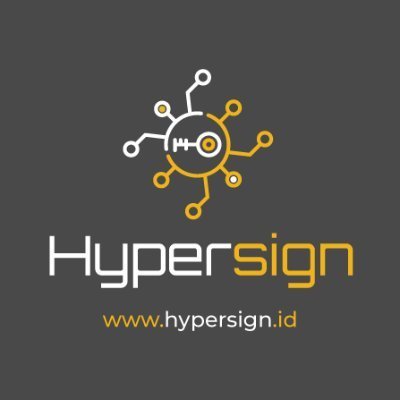HOW HYPERSIGN WORKS
Hypersign works on the concept of issuance-verification paradigm where there are three stakeholders-

User; end-users that wish to access the services of a platform
Issuer: this is the identity provider, responsible for verifying user data and issues credentials based on that user data.
Verifier: Responsible for verifying the credentials issues by the issuer. The verifier is essentially the service provider.
By distributing the responsibility across these stakeholders, user data is better secured. First, the user provides their personal data to the issuer, who verifies it and issues a cryptography signed document to the user.
This signed document serves as a verifiable credential with a unique digital signature of the issuer. At this point, the issuer may or may not decide to store the data it already issued. Issuer stored data can be done in an encrypted form for recovery purposes.
The end-user can then take this verifiable credential, store it for personal use and/or present this credential to the service provider in a peer-to-peer method without having to notify any of the other stakeholders.
The service provider also known as the verifier can then obtain user data from the verifiable credential and can then use this credential to verify the digital signatures of both the user and the issuer.
This multi-signature system keeps the integrity of the document and ensures that not just the right issuer but the right owner of the document have access to the service provider and any other user data.
Another key factor here is the blockchain technology all these works and are built on. Hypersign and its protocol use blockchain for a global tamper-proof registry of public keys, what this means is, the three stakeholders have the ability to verify the digital signatures of each other independently.
For the verifier to verify the digital signatures of the end-user and the issuer, he would need to query the blockchain using a decentralized identifier called DID, which then fetches the public keys need to verify the signatures.
For speed and scalability, it is important for verification to be done independently, and Hypersign has been able to do this using a combination of its issuance-verification paradigm and an already robust blockchain technology.